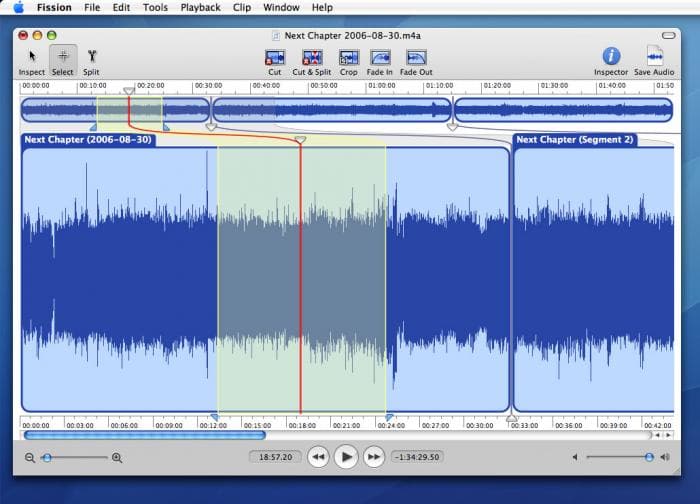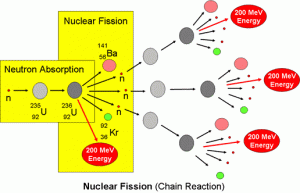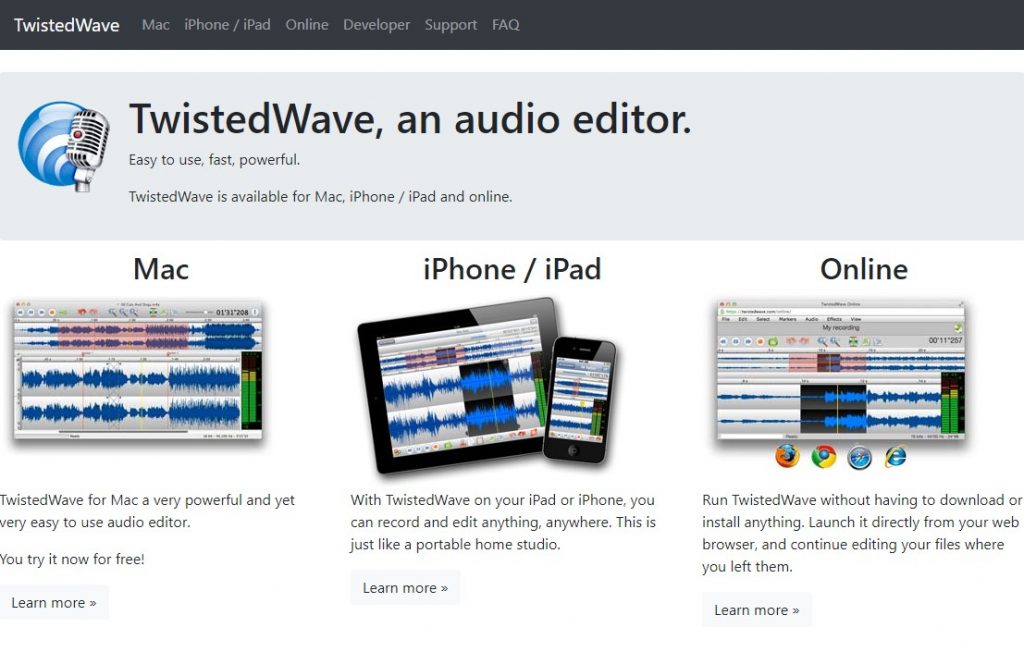

#FISSION FOR MAC SPLIT FILES VOLUME SERIAL#
Mito Hacker is operating system agnostic and performs serial analysis of images on CPU. In order to generate single-cell data sets of mitochondrial morphology sufficiently large enough to enable machine learning (ML) applications, it is essential that individual cell identification, isolation, segmentation and quantification steps are fully automated.Īs such, we set out to develop a set of computational tools, Mito Hacker, to perform these key tasks on 2 dimensional multi-cell images with fluorescently labeled mitochondria. In this article, we introduce Mito Hacker, which is a group of independent tools for high-throughput analysis of mitochondrial networks. For this matter, we sought to develop an unbiased set of methods to segment and analyze fluorescently labeled mitochondria from multi-cell images at a single cell level. However, to fully realize this promise requires high throughput, fully automated, end-to-end mitochondria specific image processing and image analysis capabilities, that enable bulk analysis of images. When applied over large enough sets of images, many of these tools are capable of generating the types of data sets that can enable data science approaches. The currently available tools offer a variety of different methods to classify and quantify mitochondrial morphology, ranging from the analysis of submitochondrial network structure, to analysis of mitochondria-level and cellular-level structure. As the quality and sophistication of these tools has advanced, it has opened the door to creating large sets of mitochondria morphology data and applying advanced data science and machine learning approaches in order to generate novel biological insights 4, 5, 6, 7. Increasing interest in mitochondrial dynamics has been accompanied by a wealth of new reagents and tools to study mitochondrial structure and function. Furthermore, disruption of mitochondrial shape is associated with an increasing number of diseases, including cancer, diabetes and neurodegeneration 3. Work over the past several decades has shown that mitochondrial shape significantly influences these various functions and cells can rapidly change mitochondrial shape to adapt to environmental conditions 2. Mitochondria are important organelles that play multiple roles within the cell, including the regulation of oxidative metabolism, control of programmed cell death, calcium buffering and the generation of a variety of signaling metabolites 1. Furthermore, the data generated with these tools, when combined with advanced data science approaches, can be used to generate novel biological insights. Together, this suite of tools enables the high-throughput and automated collection of detailed and quantitative mitochondrial structural information at a single-cell level. To validate the utility of this set of tools, we generated a database of morphological features for 630 individual cells that encode 0, 1 or 2 alleles of the mitochondrial fission GTPase Drp1 and demonstrate that these mitochondrial data could be used to predict Drp1 genotype with 87% accuracy. Cell Catcher automatically separates and isolates individual cells from multi-cell images Mito Catcher uses the statistical distribution of pixel intensities across the mitochondrial network to detect and remove background noise from the cell and segment the mitochondrial network MiA uses the binarized mitochondrial network to perform more than 100 mitochondria-level and cell-level morphometric measurements. Here we describe a set of three computational tools, Cell Catcher, Mito Catcher and MiA, that we have developed to extract extensive mitochondrial network data on a single-cell level from multi-cell fluorescence images. The generation of such datasets is critical to fully benefit from rapidly evolving methods in data science, such as neural networks, that have shown tremendous value in extracting novel biological insights and generating new hypotheses. However, while robust and quantitative analysis of mitochondrial morphology has become increasingly accessible, there is a need for new tools to generate and analyze large data sets of mitochondrial images in high throughput. Understanding both the cause and consequences of these morphological changes is critical to fully understanding how mitochondrial function contributes to both normal and pathological physiology.

Mitochondrial morphology can differ significantly across cell types, reflecting different physiological needs, but can also change rapidly in response to stress or the activation of signaling pathways.

Mitochondria are highly dynamic organelles that can exhibit a wide range of morphologies.


 0 kommentar(er)
0 kommentar(er)
